Gilgamesh

‘There was a man who saw the deep, the bedrock of the land, who knew the ways and learned all things.’
These are the opening lines of what has been described as the ‘first great work of literature’, created more than four thousand years ago in Mesopotamia – modern-day Iraq. The origins of the epic poem Gilgamesh are unclear. It was written in Akkadian cuneiform on clay tablets, and found in the ruins of the library of the Assyrian King Ashurbanipal (c.650 BCE); the literary style suggests an oral origin sung by bards before being transcribed. These remnants emerged over a timespan of nearly 2000 years, displaying substantial differences in style and mood, tracing the exploits of a great hero, and culminating in a final meditation on mortality. Unlike the celebrated epics of Greece and Rome, the story of Gilgamesh was lost until the clay fragments were discovered by Hormuzd Rassam in 1853 near Mosul, then moved to the British Museum and later translated.
Continue reading for only $10 per month. Subscribe and gain full access to Australian Book Review. Already a subscriber? Sign in. If you need assistance, feel free to contact us.






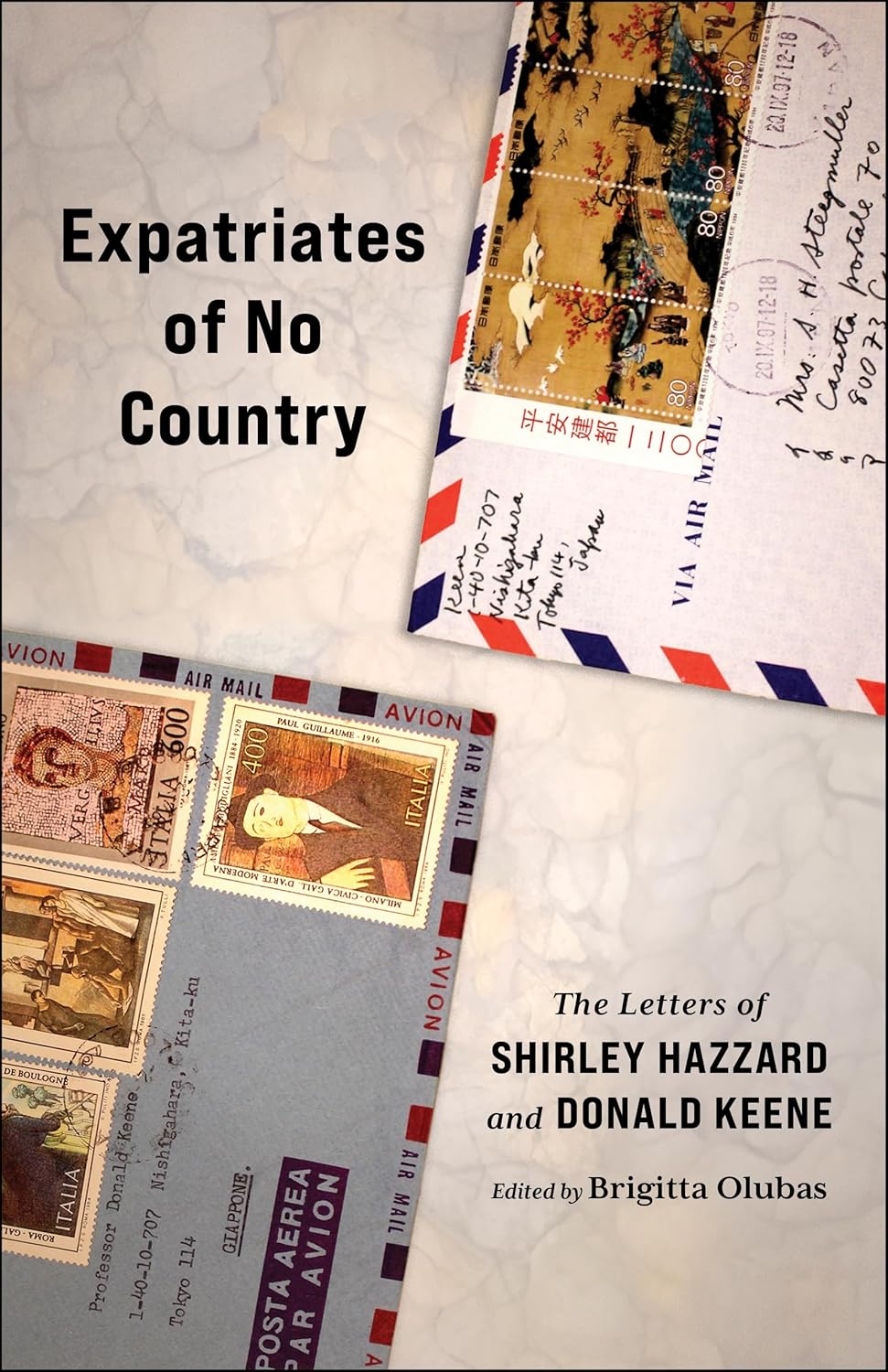




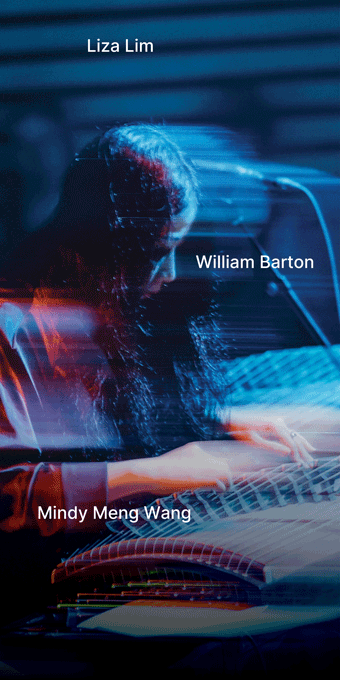
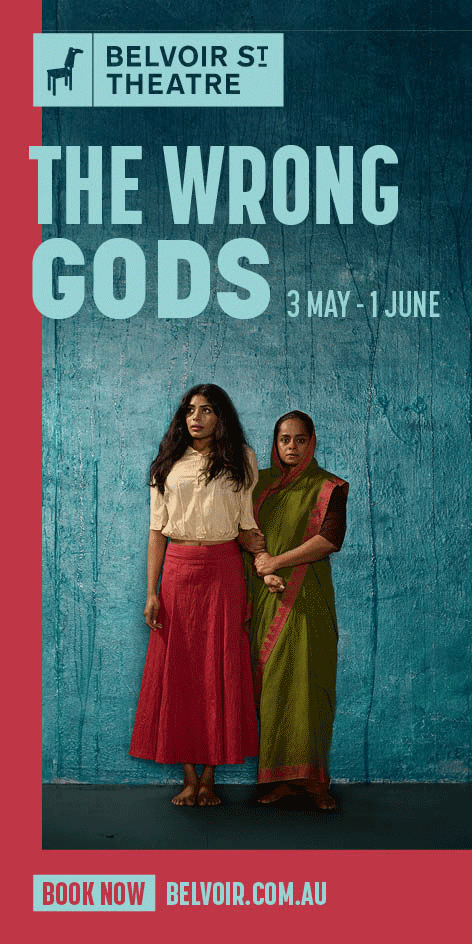
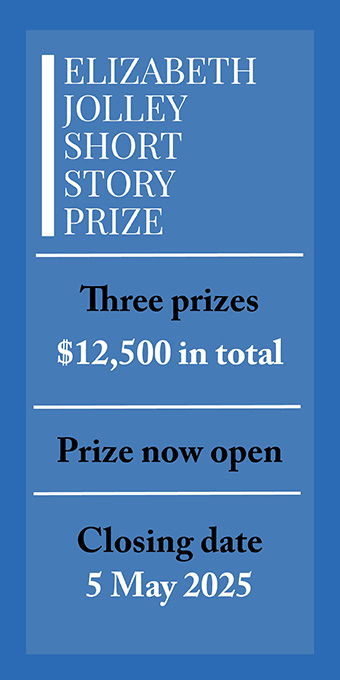
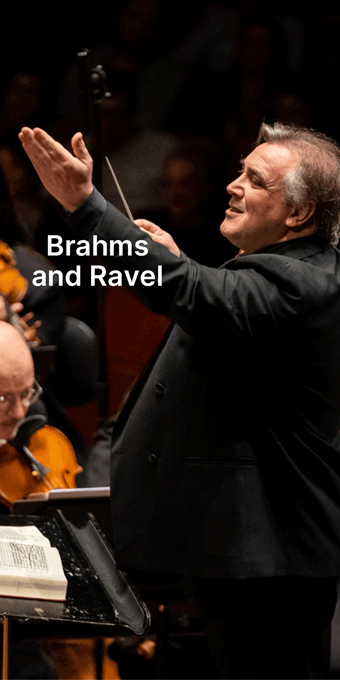
Leave a comment
If you are an ABR subscriber, you will need to sign in to post a comment.
If you have forgotten your sign in details, or if you receive an error message when trying to submit your comment, please email your comment (and the name of the article to which it relates) to ABR Comments. We will review your comment and, subject to approval, we will post it under your name.
Please note that all comments must be approved by ABR and comply with our Terms & Conditions.